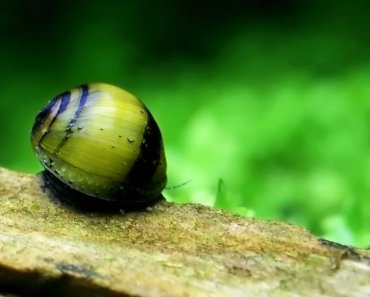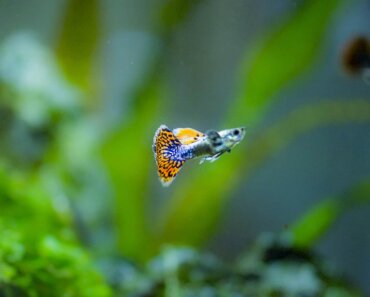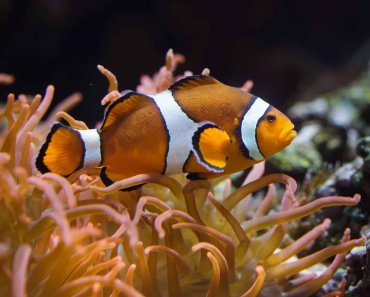You’ve got your filter, your heater, and your light all ready to go, so you’re all set to start up your aquarium, right? Well, maybe. You may need to consider investing in a UV sterilizer for problems that you could come across down the line. Or maybe you’ve already reached that point and you’re trying to figure out if a UV sterilizer could help your tank.
Keep reading to find out everything you need to know about how UV sterilizers work, what they do, and if you need one for your aquarium!
How do UV sterilizers work?
UV sterilizers are a piece of equipment that can be added to either a freshwater or saltwater aquarium to deal with algae, bacteria, parasites, viruses, and other problematic microorganisms that could have entered the system. Essentially, UV sterilizers are a tube with a light inside of it that emits a certain spectrum of wavelengths. This ultraviolet light is designed to penetrate the DNA within a free-swimming microorganism to prevent them from growing and further reproducing.
This tube is also designed to maintain an optimal temperature for UV light to be effective, usually resting between 104-110° F (40-43° C). The outside of the tube is usually made of quartz to create an insulated barrier between the light and the aquarium water. Note: It is possible that the UV light warms up water as it is filtered through, so it is important to constantly monitor water temperature with a thermometer. A chiller may need to be installed if the UV sterilizer is especially big and strong in relation to the tank volume.
However, in order for the light to work, the microorganisms need to be free-floating in the water. This means that fish that have already been subjected to parasites or other diseases will not be immediately cured since those microorganisms have no way of being passed through the UV sterilizer. Similarly, any algae or bacteria that has taken over rocks, sand/gravel, or other items in the tank will not be immediately eradicated since those microorganisms will not be filtered either.
But if the UV light damages free-living microorganisms, does this mean that beneficial bacteria will be damaged as well? As long as the tank isn’t newly cycled, then no! During the time that it took for your tank to cycle, bacteria was establishing itself on the rocks, sand, glass, and filter media of your aquarium. This means that any beneficial bacteria that are already in your tank won’t become free-swimming and won’t pass over the UV light.
However, UV sterilizers are not completely effective and they work best to improve water quality and reduce the chances of outbreaks. We will further discuss how to choose between products and determine efficiency later.
Reasons for a UV sterilizer
So if you have an algae problem, does that mean a UV sterilizer is the answer to fixing your entire miniature ecosystem? Unfortunately, no. Most hobbyists have mixed feelings about these products as the ones that will actually kill problematic microorganisms are pretty expensive and can mostly be remedied by some other approach. UV sterilizers are used best for prevention and not correction.
It is also important to mention that UV sterilizers are not recommended for newer tanks. During the time that a tank is cycling, there are still lots of beneficial bacteria freely floating in the water column, trying to establish itself. If a UV sterilizer was used to treat an early bacterial bloom, then the device could also kill good bacteria along with the bad.
However, here are some reasons why you might be looking into getting one of these devices:
Algae
If you’re one of those hobbyists who has been struggling with eliminating algae from your tank for months, you may have been suggested a UV sterilizer as a quick fix; UV sterilizers are especially recommended for outdoor pond setups that are constantly exposed to outside causes of algae.
While free-swimming algae particles will be controlled by the light, you will still need to manually remove any algae that has already taken hold of decorations, plants, substrate, rocks, or other surfaces and items in the tank. However, it is usually better to address the problem at its source than to have to continually worry about your UV sterilizer failing and leading to another outbreak.
Most algae is caused by an excess of nutrients being widely available in the water column; a UV light will not ‘kill’ or correct these nutrients in any way. The best way to tackle a nutrient problem is by monitoring feeding, regularly performing water changes, frequently testing water parameters of both the tank water and of the source water, and changing filter media when needed.
Bacteria
Bacteria is a similar problem to algae; once it has been seeded on the items in your tank, the UV light cannot kill it. This is especially true for cyanobacteria which can cause massive headaches for hobbyists within the first few months of having their tank. As we discussed before, water parameters should be stabilized through good aquarium maintenance before unintentionally stripping a new tank of beneficial bacteria with a special device.
If your tank is not new and you are still experiencing bacterial blooms and cyanobacteria after having tried all other methods, then it might be time to consider a UV sterilizer. If you keep finding that your tank water is cloudy, it could be a bacterial bloom, which could be deadly to your fish and any other livestock and should be treated immediately. You can find our guide to cloudy aquarium water here.
While there are certainly other ways to deal with a bacterial bloom before investing in a UV sterilizer, this device will help kill existing free-floating bacteria, clear up cloudy water, and prevent future blooms and outbreaks.
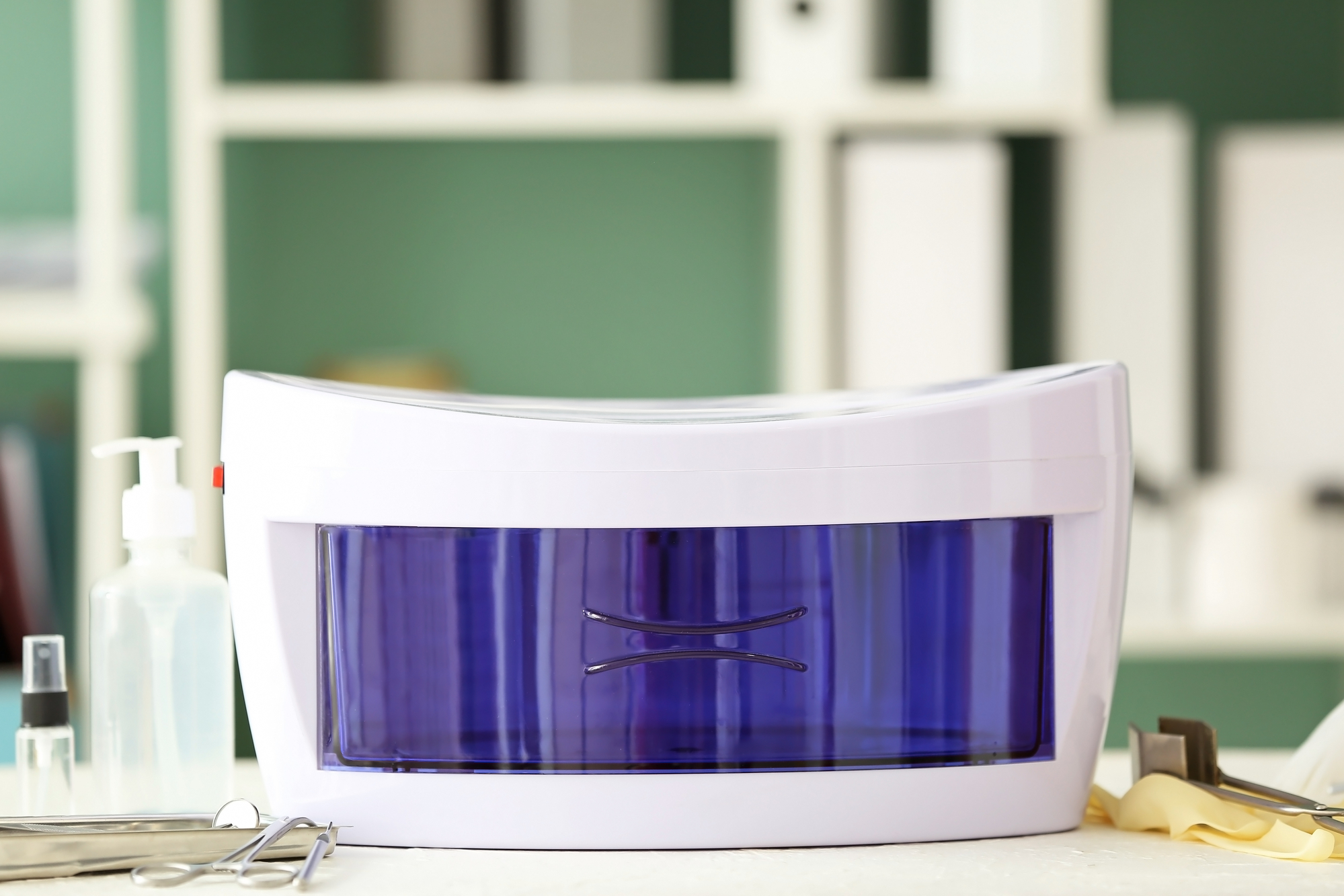
Viruses, parasites, and other pests
One of the most desirable features of these devices is their ability to kill viruses, parasites, and other pests that could affect the livelihood of the tank. However, only the best of the best UV sterilizers will be able to kill these microorganisms and even then, they will still not miraculously cure your fish overnight.
Many viruses and parasites are free-swimming at some point during their life cycle; it is only at this point at which UV sterilizers can effectively kill and control those populations. If your fish is already affected–like if your fish is already displaying external white spots that match the description of ich (Ichthyophthirius multifiliis)–then the microorganism is no longer free-swimming and cannot be passed through the device. At that point, the fish would still need to be treated accordingly in a separate quarantine tank.
However, it is believed that UV sterilizers can be used to slow the spread of such diseases and improve water quality to help bolster the immune systems of your livestock.
Improving overall water quality
Many hobbyists install UV sterilizers simply to improve their water quality. UV sterilizers will help clarify water, regardless of if there is something harmful in it or not.
It is not recommended to use a UV sterilizer if the tank is under 40-50 gallons (151-189 L) as most problems of these sized tanks can be fixed with a series of water changes and localized solutions, which are usually much cheaper and effective than purchasing a new device.
How effective is UV sterilization?
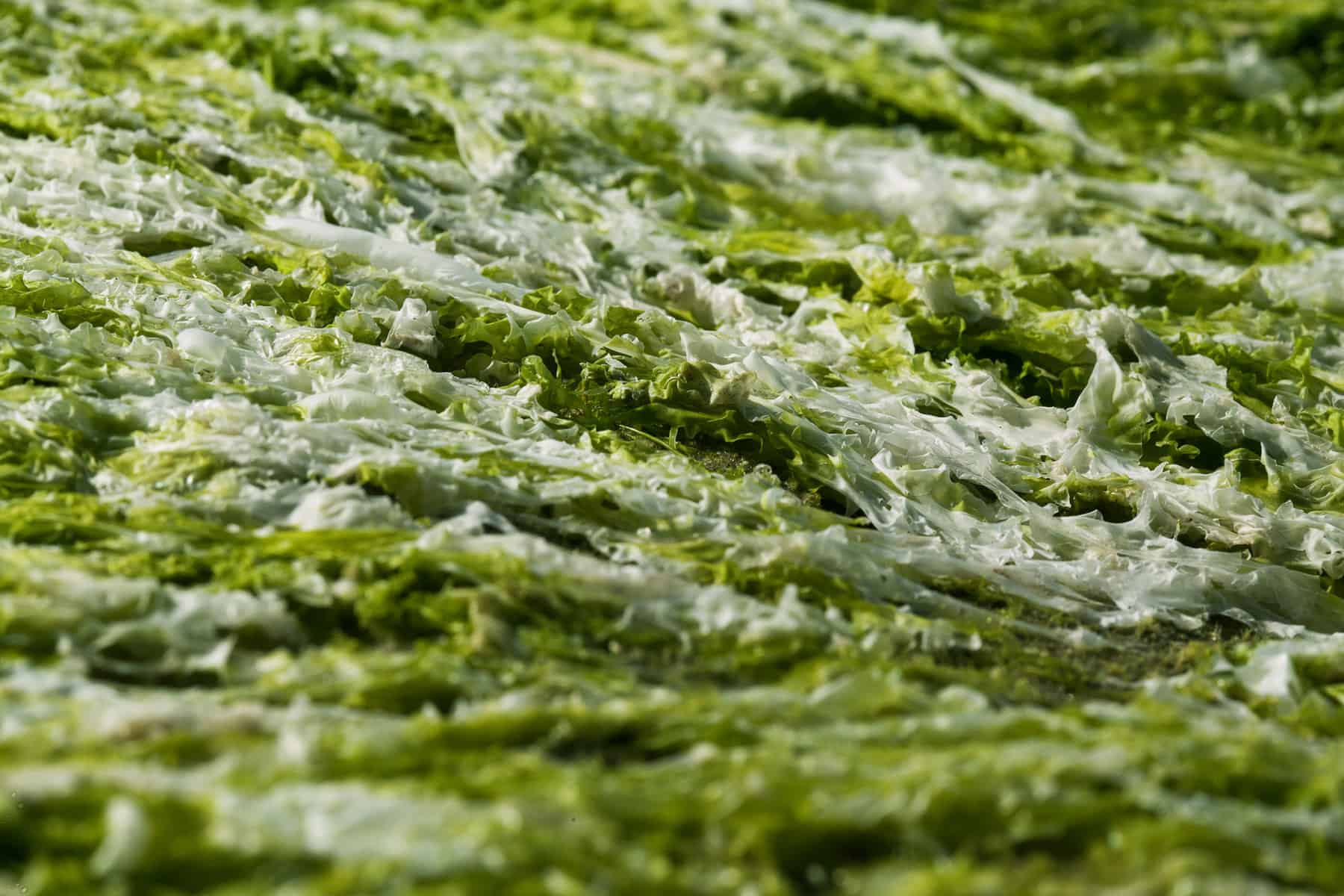
UV sterilization can be very effective if used correctly. However, there are a couple of logistics that can determine the overall success of your device:
The microorganisms. Without looking under a microscope, it can be near impossible to identify what microorganisms are present in your tank and diagnose those that may be causing you problems. UV sterilizers are able to kill many of these organisms, like viruses and bacteria, but some could take more processing than others.
Factors like size and resistance to UV light can greatly vary across microorganisms as well as within the same type of microorganism. While UV sterilizers could be quick to solve some problems, they could take a little longer for others or end up not being effective at all.
Strength of UV light. The stronger the light the more effective the light is at killing microorganisms. These devices work similarly to regular light bulbs, with the number of watts (W) determining the strength of the power output. If you want your UV light to prevent and kill most free-swimming viruses, parasites, and bacteria, you will want at least a 30 W bulb.
Keep in mind that the power output of the bulb will naturally degrade over time and will need to be replaced every 6-12 months to remain effective.
Contact time/Turnover rate. For these devices to be fully effective, the water from the tank must be filtered long enough so that the wavelengths can completely kill anything that comes in contact. Some factors to consider are contact time and turnover rate.
Contact time, meaning the amount of time that microorganisms are exposed to UV light, can be increased by UV bulb length and rate of flow. It is equally important to have a strong enough light as it is to have a long enough light. A longer bulb will provide more surface area for the water to pass over, effectively killing more bacteria, viruses, and other microorganisms per every contact time.
Slower flow rates, meaning how long the water will stay in the device, will also allow for more time for the water to pass over the light and kill anything that is free-swimming. This is different from turnover rates, which are how long it takes for the whole aquarium to have been siphoned through the device; however, getting the tank to be evenly filtered is impractical as the tank water is constantly remixing with itself. If wanting to achieve these uniform results, it would be necessary to empty the tank and run all the water through the UV sterilizer and then back into the tank.
Most hobbyists suggest that a 3-5x turnover rate is best at eradicating viruses, bacteria, algae, and other unwanted particles from the water column.
Conclusion
UV sterilizers are not as important as other equipment, like heaters or filters, but they can have their place in the aquarium if the goal is for prevention. When adequately fitted to an aquarium with strength, contact time, and turnover rate, UV sterilizers can help prevent and kill free-swimming algae, bacteria, viruses, parasites, and other items in the water column. At the very least, they can be used to help your aquarium reach an unprecedented level of clarity.
However, these devices can be expensive and are the most effective at the top tier of products. If you are able to solve your problems with water changes and other regular maintenance, then a UV sterilizer may not be worthwhile.
If you have any other questions about UV sterilizers, have a preferred brand of UV sterilizer, or have other experience with these devices, don’t hesitate to leave a comment below!



